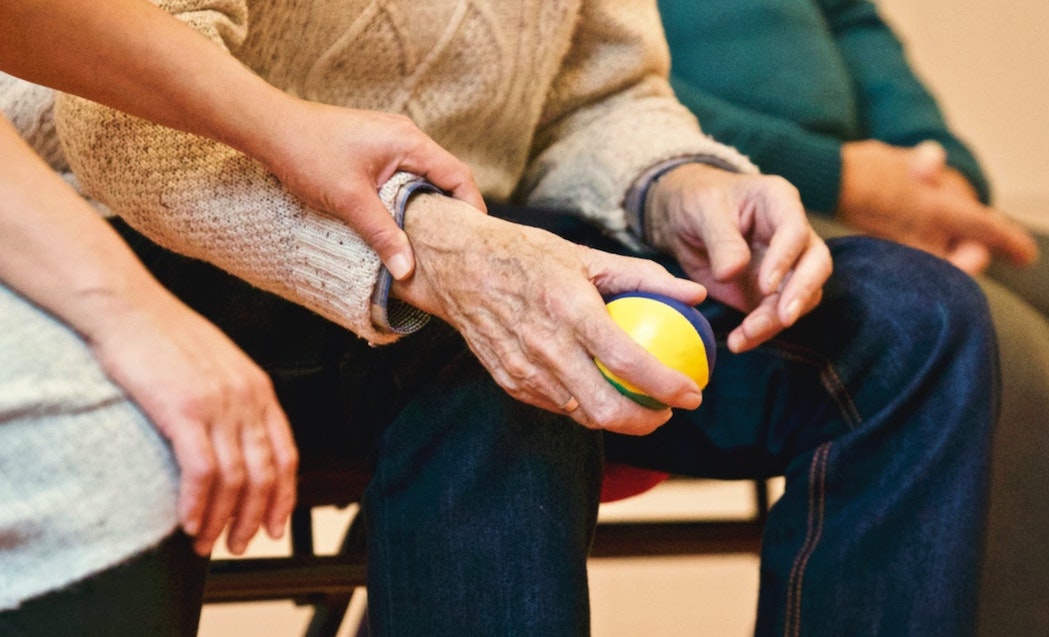Just where have all the sub-cultures gone? Think back to when you were a teenager and more than likely you were a part of some music-related subculture, you’ll be able to easily identify it and its traits. This is the type of group that at the time you probably saw as your ‘cult’, your life and full of your people.
Ever since the 1950’s, teenagers and young people have had a subculture or trend to be a part of and sometimes with multiple ones happening at once. From their emergence with Mods and Rockers in the 50’s to 60’s Flower Power, 70’s Disco, the New Romantics & Goth culture of the 80’s, Grunge & Britpop in the 90’s and the last real subculture, Emo.
The ‘subcultures’ of today are not subcultures in the real sense at all. First of all, they are aimed and pointed at those in their 20’s instead of those in their teens and secondly there is no obvious trait(s) that makes them truly different and recognisable.
Hipsters and Normcore are the main two trends of these times but what qualifies as a hipster? It could be someone with a passion for music, good fashion sense, usually found working in a coffee shop on their laptop or as undefining as a 20-something man with beard. And aren’t most of those things; a) the majority of 20-something’s these days and b) the majority of adults anyway. And lets not even start on normcore which is basically people my age wearing the clothes their parents are wearing in a ‘non-ironic’ way.
These aren’t subcultures like we know them to be, they are just silly labels that are an attempt to hold onto the good times of the past. But as music becomes more bland and undistinctive, especially in terms of chart fodder and the playlists of stations like Radio 1 which is aimed at teenagers, is there any wonder why there is no way for today’s young people to make a statement. When everything being played on mainstream radio sounds the same, how can you celebrate the differences?
The same is also happening with fashion, it is becoming bland and repetitive as questionable trends from the 90’s and 00’s are already being repeated and tagged as the high street version of vintage. I was born in the 90’s and I’d like to think they are not classed as vintage just yet, I certainly don’t label myself and my era as vintage anyway.
As music has always been so influential on fashion, particularly in the 80’s with punk, goth, new romantics and the like, it is no wonder that right now fashion has stalled when so has the music in the charts. But in a world of fast fashion where what is fashionable today isn’t tomorrow and a music industry where if your first two singles flop you get dropped, it is clear to see that the creative world is stifling it’s own reinventions. Therefore the subcultures that come along with that have all but disappeared.
Even in today’s alternative music world, things are not as statement-esque as they once were. The music is not the same and neither is the fashion. It is like a watered down version of the emo scene I was a part of in the mid-00’s. The bands from back then that are still around now have changed, progressed and grown up and the new bands coming through are, in the main, trying to emulate that old sound but to no avail. The fashion is there in premise with skinny jeans, band tees, Converse/Vans, eyeliner and side fringes still being the uniform of choice but it is a more PG version with less experimentation and less shock value, becoming a fashion choice of not just the alt scene but of the many.
These subcultures are not just a fashion trend or music scene though, they are a place for teenagers to belong, they are the people you connect with and understand. Being a teenager is difficult and it is your time to find yourself an identity through music and expressing yourself through fashion and the clothes you choose to wear. That is what I did with the emo bands I listened to, the clothes I wore and the people I spoke to, in person or online, in my teenage years. But when all music sounds the same and all the clothes in store and online are rehashed versions of old trends, how can a teenager in 2015 truly express themselves to find themselves and the people they belong to?
I’m glad I grew up when I did and had that emo subculture to belong to because, though emo may be mocked slightly today, it is the place that helped me develop and become the person I am now and I’m sure you feel the same about the subculture you belonged to. When we look back at the past and watch those great music and fashion documentaries, there is always a subculture to learn about and there will always be one that you weren’t around for that you have an affinity for, like Mods, Punk and Goth for me.
But when we look back on the late 00’s and early 10’s, what are we going to see? A lack of expression, a time where everyone looked the same and everything on the radio sounded the same. We need that shock factor back, we need to let bands who may not sound like everyone else grow, we need to let them influence fashion and influence the young people that will discover them. We need to let a new subculture grow because in the end it is the things you love passionately in your teenage years that make you who you are as an adult. They are the times you will look back on fondly in your later years and they are the times and moments that will be revisited by future generations looking back on the heyday of their parents and grandparents.
Surely the kids of today want to leave something good for their kids to revisit and learn about because I sure as hell would want to.






